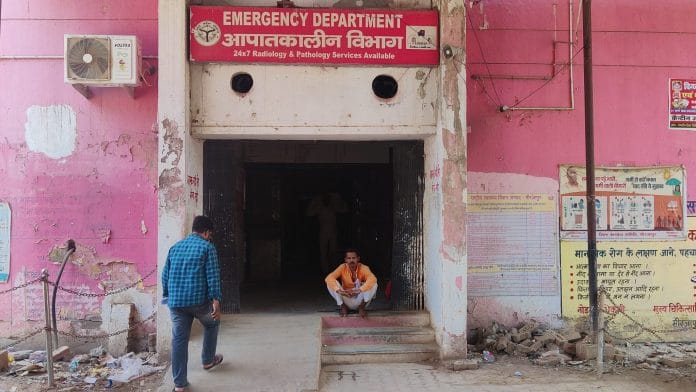Mirzapur/Varanasi: Home guard Krishnakant Awasthi cycled 15 km from his home in Sandwa village to the district magistrate’s office in Mirzapur. After completing a nine-hour shift managing traffic on a busy road, he cycled back home at night, collapsed, and died. On 31 May, when temperatures reached 47 degrees Celsius, 17 government employees died overnight in the intense heat. Awasthi was one of them.
All were from Mirzapur and Sonbhadra districts—home guards, fire and police officers, cleaning staff, and a health official. The extreme heat death toll that day shocked the nation, highlighting the looming climate crisis and India’s vulnerability.
The district administration has yet to conduct a detailed investigation, but confirmed that the intense heat and humidity triggered a sudden deterioration in their health.
“My husband came home, ate dinner, went to sleep and never woke up,” said Krishna, Awasthi’s wife. His two-litre plastic water bottle had crinkled like paper in the heat.
The same day, Kashinath Saroj, another 59-year-old home guard living 35 km away, returned home early around 2.30 pm, complaining of fatigue. His face was flushed, and his eyes sunken. He asked his wife for a glass of cold lemonade while he changed out of his sweat-soaked uniform. Saroj managed to take a few sips before collapsing.
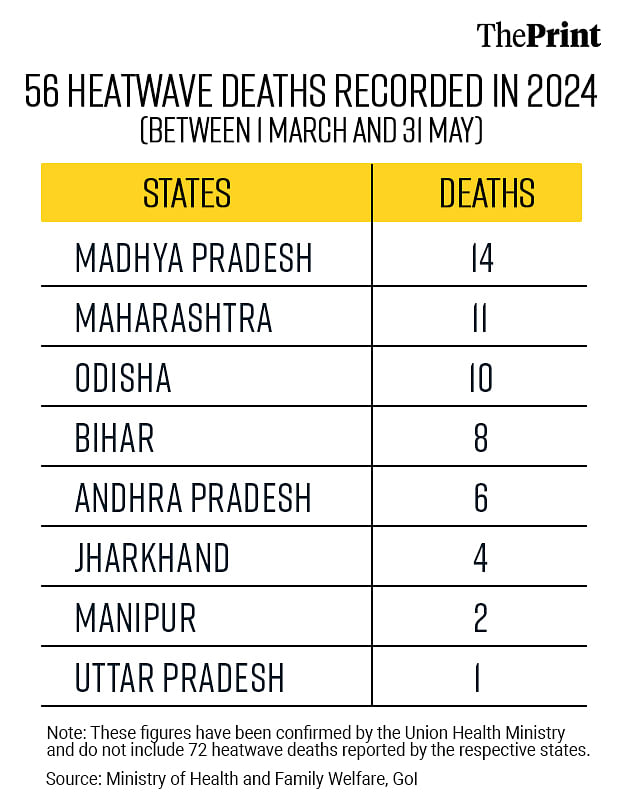
Shruti Naithani | ThePrint
Both Aswathi and Saroj died before they could reach the local Mirzapur district hospital. Those who were admitted complained of poor infrastructure, frequent power outages, lack of doctors and paramedical staff, and basic equipment like thermometers. Between 31 May and 1 June, 23 government employees were admitted to the crowded hospital; only 14 survived. Nine men died in the hospital where a single ER doctor and a few nurses struggled to keep up with the patient load.
We don’t even have enough thermometers to check temperatures of patients with heat strokes. For the last fortnight, there have been no ORS packets in stock. We cannot even offer patients cold water due to frequent electricity cuts
— a nurse at the Mirzapur district hospital
Not a single death has been confirmed as heat stroke despite clear guidelines by the National Centre for Disease Control (NCDC). While the death certificates mention heat as a suspected cause, a panel of experts must confirm this. Many local crematoriums, including those in Varanasi, are functioning beyond capacity.
India is scorching under the longest and deadliest heat waves this season. Between 1 March and 9 June, 14 of the India Meteorological Department (IMD)’s 36 weather monitoring stations recorded over 15 heatwave days—almost double the usual number. Odisha, Rajasthan, Uttar Pradesh, and Haryana are among the worst affected.
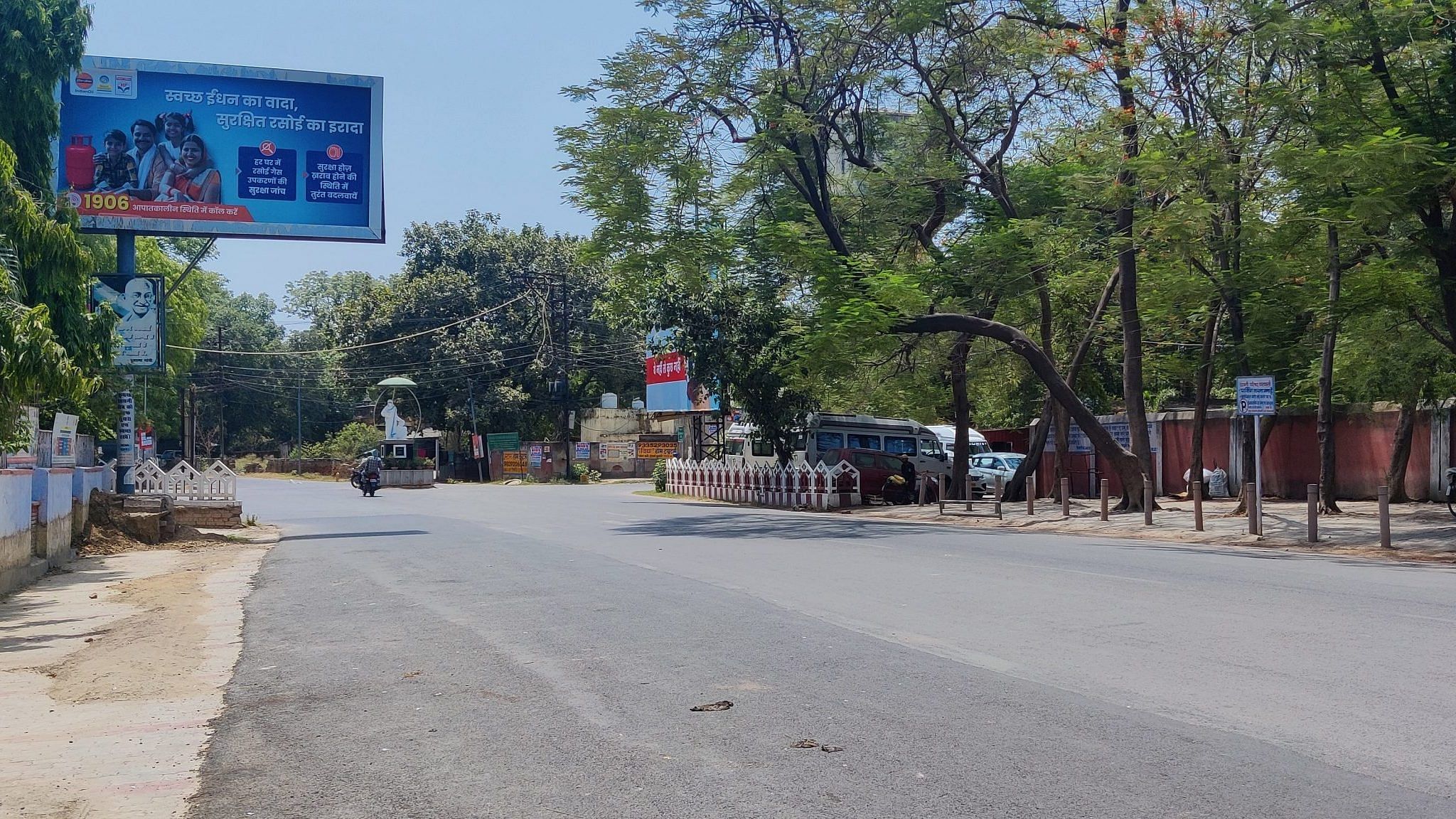
“With such intense heat days increasing every year, the government must develop medical infrastructure at village and district levels. It can go hand-in-hand with the push for specialty hospitals and AIIMs-like institutes,” said Dr Dileep Mavalankar, director of Gujarat’s Indian Institute of Public Health, which has effectively tackled heatwave deaths.
“It is shocking that those who died were government officials on election duty. The hospital was not far from where they collapsed. If we cannot protect our staff, how will we protect regular citizens?”
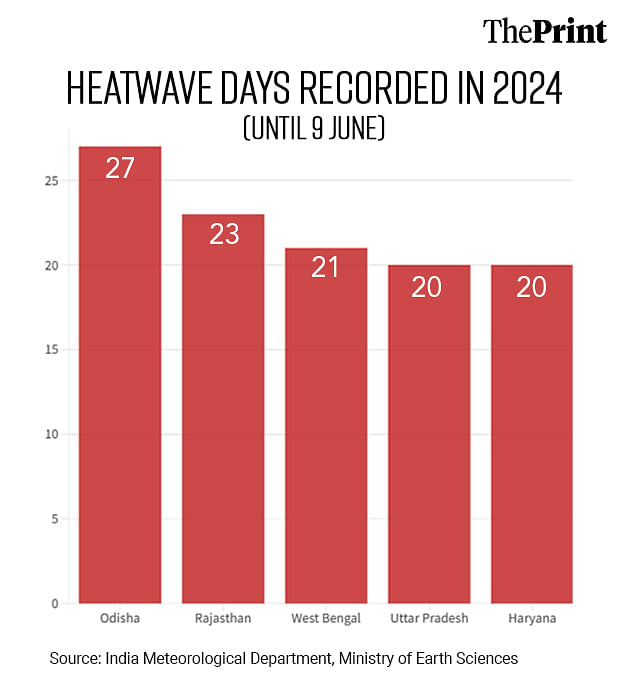
Shruti Naithani | ThePrint
Ill-equipped hospitals
Krishnakant Awasthi (59) looked pale and was drenched in sweat by the time he returned to his village. His cycle wobbled as he neared his house.
“He would somehow manage in the cold, but the heat was unbearable to him. My son would joke that his father was made for a rich household because he always parked himself near the cooler at home,” said Krishna, grappling with her husband’s sudden death. Their 14-year-old son Aryan, who studies in Madhya Pradesh’s Rewa, had arrived in Mirzapur on 28 May to spend the summer holidays with his family.
“My father was due to retire in a few months. We had planned for me to move back to Uttar Pradesh to complete my studies and spend more time with him,” said Aryan, dressed in a customary white mourning robe.
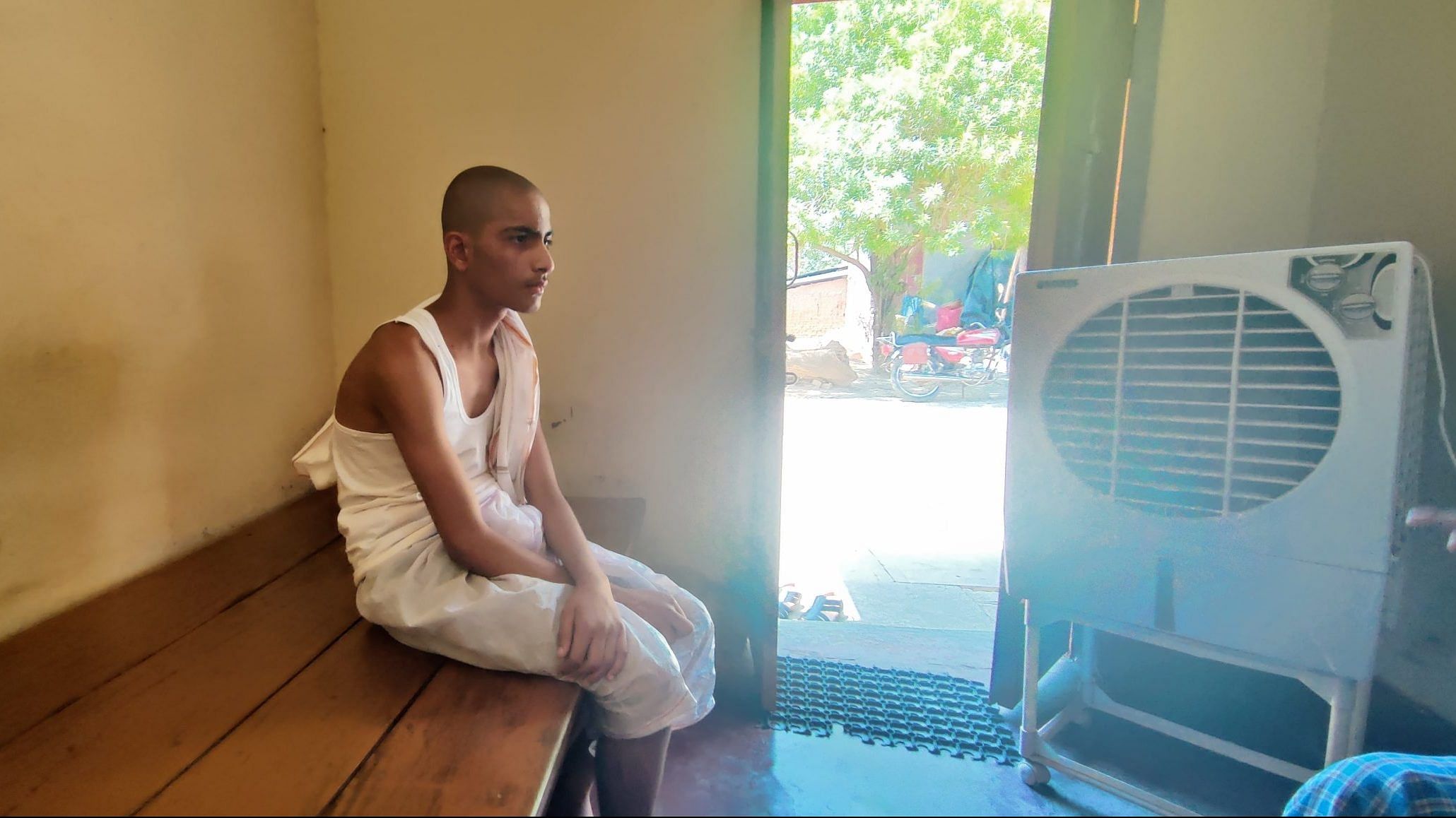
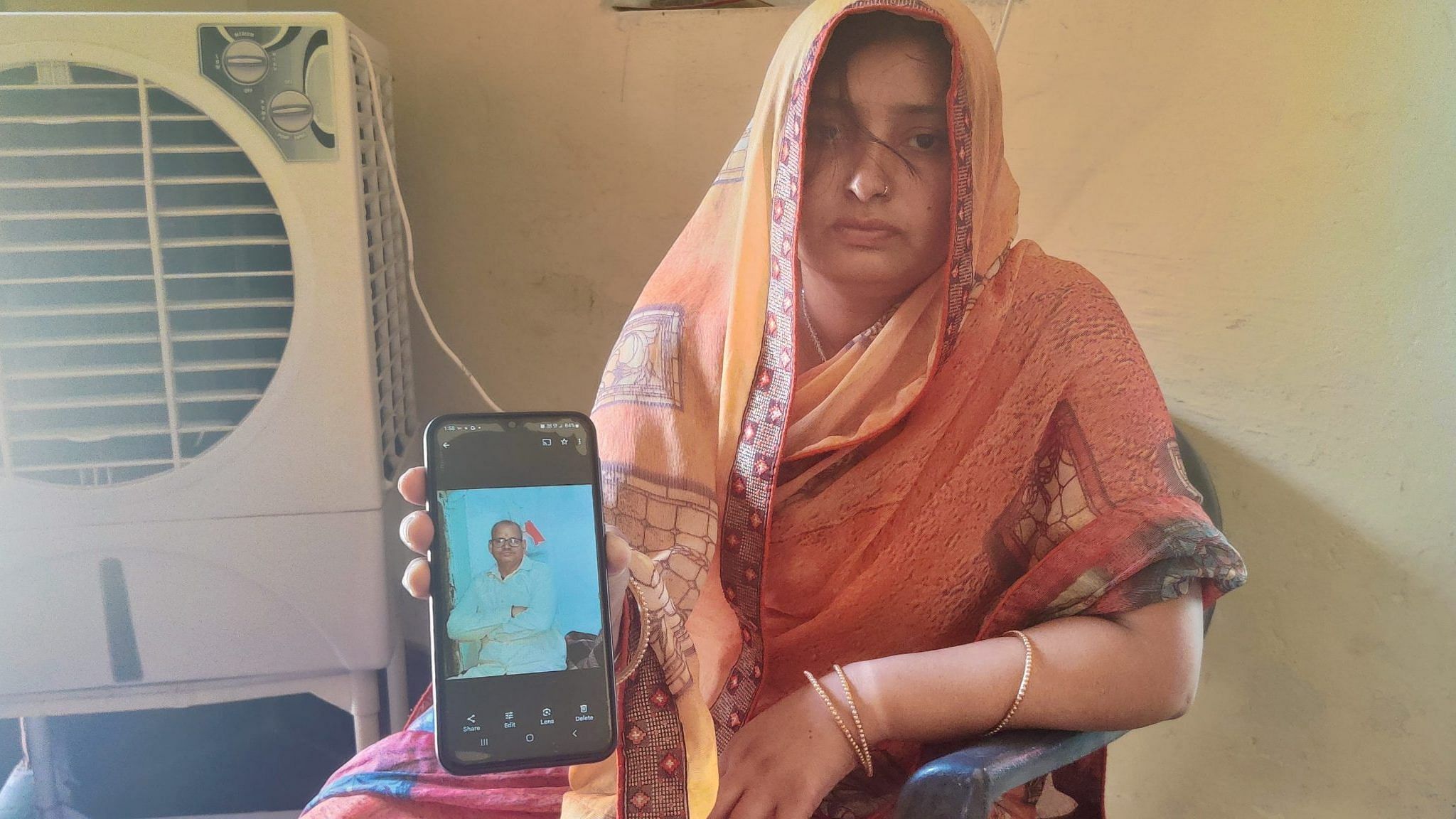
In Dingurpatti village, Saroj’s daughters Priyanka and Swati are equally distraught. Their father, the sole earner, was a towering 6 ft 2 man who took his health very seriously.
“He exercised regularly and had no health condition,” said Priyanka, wondering if her father’s life could have been saved if he had made it to the hospital.
The facilities at the Mirzapur district hospital are inadequate. For years, the cardiology, neurology and nephrology departments have been defunct due to a lack of specialists. The ER service struggles to keep pace with high patient volume, with only two senior doctors working shifts.
The hospital’s emergency department, where 23 government employees were admitted between 31 May and 1 June, was crowded. The sheets on all 20 beds were tattered. Many patients lay on the floor and in the corridor. There was just one doctor on duty.
“We don’t even have enough thermometers to check temperatures of patients with heat strokes. There is no ORS packet in stock for over a fortnight now. We cannot even offer patients cold water due to frequent electricity cuts,” said a harried nurse tending to an accident victim.
Family members of patients furiously fan newspapers and magazines to circulate cool air. Since temperatures started soaring, dozens of people come to the hospital daily with dizziness, heat rashes, vomiting, and dehydration. Children, including infants, are also brought in with fever and dehydration due to the extreme heat.
“These deaths got all the attention, but such deaths keep happening here, and no one bats an eye,” said the nurse, who did not want to be named.
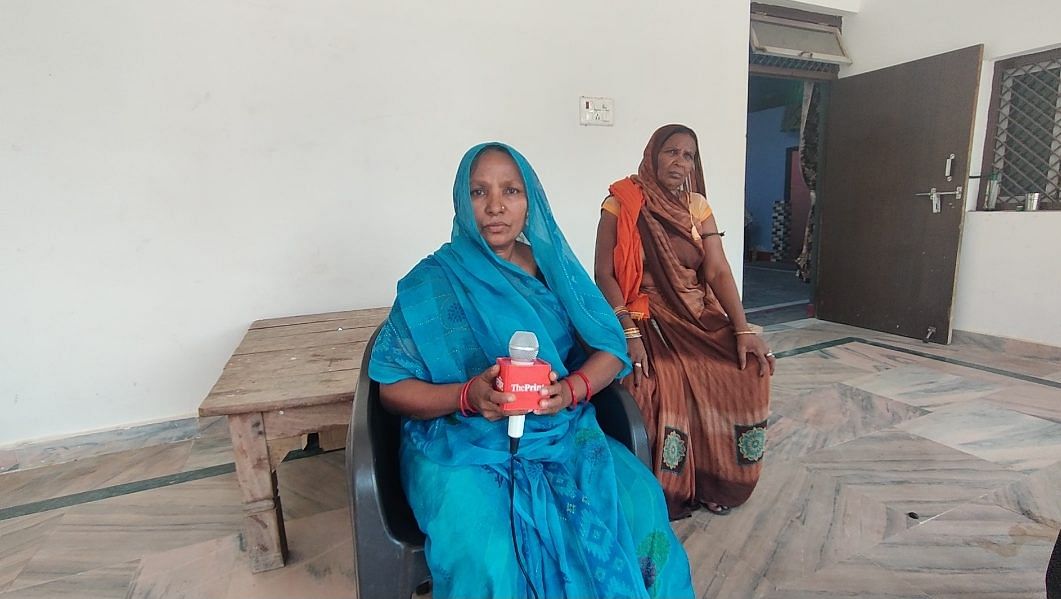
Doctors and nurses often resort to makeshift techniques like soaking clothes or cotton in water to cool patients. They lack rectal and regular thermometers, blood pressure monitors, ECG machines, and access to cold water.
Dr Tarun Singh, the superintendent-in-chief of the hospital, refused to comment on the lack of facilities. But healthcare and policy experts like Mavalankar said the problem of ill-equipped hospitals is endemic in small towns. They lack the infrastructure to identify heat-related deaths.
Managing heat-impacted patients requires minimum investment, said Mavalankar, who led the team that drafted the Ahmedabad heat action plan. Intervention must begin before the patient is brought to the hospital so that no time is lost.
“The person needs to be cooled down right where they collapse so that by the time they are brought to the nearest medical centre, they are stabilised,” said Mavalankar.
Dr Tarun Singh, the superintendent-in-chief of the hospital, refused to comment on the lack of facilities. But healthcare and policy experts like Mavalankar said the problem of ill-equipped hospitals is endemic in small towns. They lack the infrastructure to identify heat-related deaths.
Primary healthcare units need to be equipped with trained doctors and paramedics to handle heat stroke cases. According to recent guidelines by the NCDC, a death must be certified as a heat stroke if the patient’s body temperature when they collapse or when they are brought to the hospital is 40.6 degrees Celsius or higher.
The guidelines also state that a death must be considered heat-related, even if the patient has pre-existing health conditions exacerbated by extreme temperatures.
“We must take stock of all-cause mortality to get a better idea of the deadly impacts of heat in different parts of the country,” Mavalankar added.
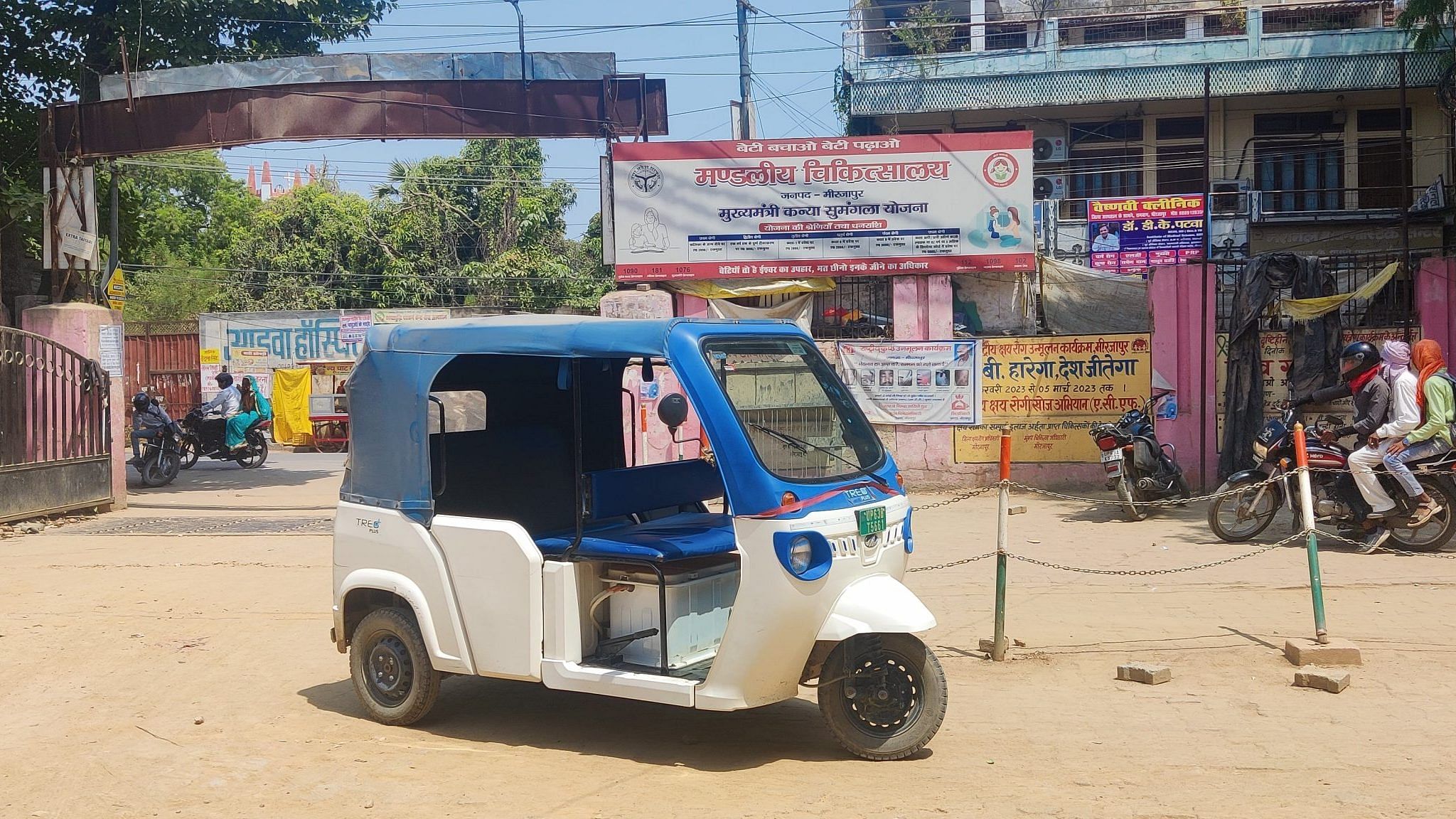
Hospital staff admitted that this protocol is rarely followed. If a patient comes in with common heat-related symptoms, especially during high-temperature days, a verbal diagnosis is given without confirmatory tests. In Saroj’s case, heat exhaustion is only a ”suspected cause”. His death certificate lists heat exhaustion as the suspected cause of death, brought on by dehydration and prolonged sun exposure.
Priyanka, plagued by guilt in the days following her father’s death, used to wonder if he could have been saved.
“But I’ve come to realise that the outcome would not have been much different even if we had reached the hospital on time,” she said.
Record–breaking heat
This summer has been unbearable due to a prolonged heat spell worsened by hot, dry winds from the deserts of Pakistan. Odisha recorded 27 heatwave days, Rajasthan 23, and Uttar Pradesh and Haryana recorded 20 heatwave days this season, according to IMD data.
“In many parts, this spell has extended for about 25 days at a stretch. Observations over the last few years show that the intensity of heatwaves is increasing, and it is likely to get worse in the coming years,” said M Mohapatra, director of the IMD.
Such a prolonged heat spell can be deadly, even for those who are physically fit. Mahesh Palawat, vice president at Skymet Weather, a private weather forecasting service, warned that the coming weeks would be no different.
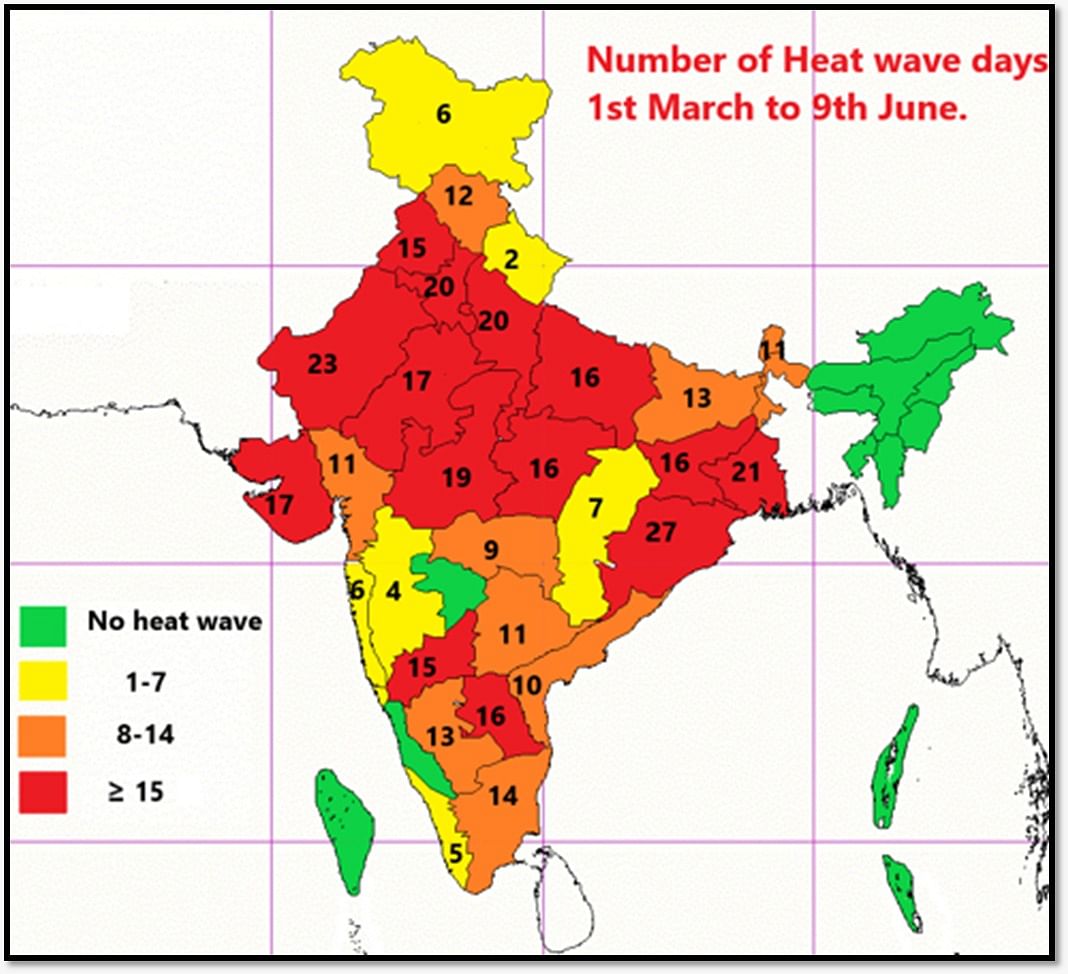
“June will also record higher than normal heatwave days, and the heat intensity will increase. This means day and night temperatures will be higher than usual for this time of year,” he said.
Heat-related deaths are under-reported. According to NCDC data, between March and May this year, hospitals across the country recorded 24,849 suspected heat stroke cases and 56 heat-related deaths. This number does not include the 17 deaths in Uttar Pradesh.
Abhiyant Tiwari, lead climate resilience and health at the NRDC India, said that attributing heat as the cause of deaths requires in-depth clinical investigations and expertise.
“Deaths that can be directly attributed to heat is just the tip of the iceberg. We also need to understand that heat worsens the health conditions of people with pre-existing comorbidities. Such deaths are not categorised as heat deaths, even though it was the extreme temperatures that aggravated their condition,” he said.
Tiwari added that the worst impacted were people living in poorly ventilated houses with no access to cooling systems. Young children, senior citizens, pregnant women, people with chronic diseases, and outdoor workers are the most vulnerable to the deadly impacts of heat.
In Varanasi, crematorium staff are working overtime. There was a surge in cremations at Manikarnika Ghat, one of the state’s largest and oldest cremation grounds, between 26 May and 31 May. Such spikes are routinely seen during extreme temperatures.
Over the last few years, we have seen that whenever there is a sudden rise in temperature, the number of bodies brought to the ghat also increases. This also happens during severe winter months
— Shalu Chaudhary, who works at the Manikarnika Ghat in Varanasi
Shalu Chaudhary, a member of the Domraja family who assists in cremations at the ghat, said at least 700 bodies were brought for cremation during the recent heatwave.
“Over the last few years, we have seen that whenever there is a sudden rise in temperature, the number of bodies brought to the ghat also increases. This also happens during severe winter months,” Chaudhary said.
The usual daily count at Manikarnika Ghat is around 50-60 bodies. This summer, it has crossed a hundred.
Cremation records at Manikarnika Ghat show that on 26 May, 159 cremations were conducted, and by 30 May, the numbers had risen to 400. On 31 May, 436 bodies were cremated. While not all these deaths are due to heat, the numbers indicate the fatal impacts of high temperatures.
“These numbers are not official but are definitely indicative of the deadly impacts of heatwave,” said Tiwari.
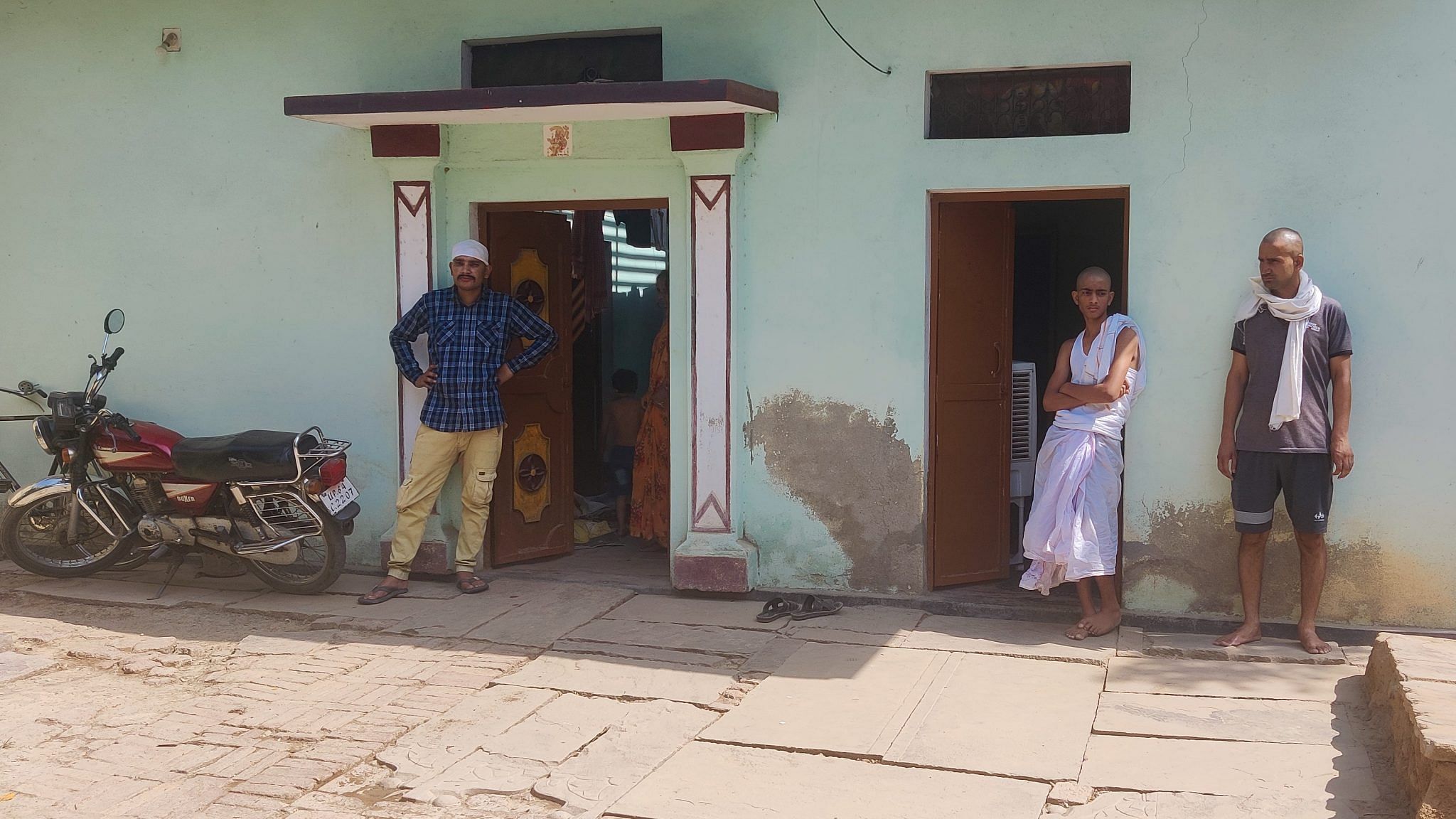
‘Dropped dead’
Raghuvendra Kumar Tiwari, a home guard at the district magistrate’s office in Mirzapur, cannot forget seeing his colleagues “dropping dead” before his eyes.
On 31 May, officials on polling duty were lined up at the office to board different vehicles for their respective centres. While searching for their allotted vehicles, three home guards collapsed within 20 minutes. Over the next hour, more people started complaining of headaches and dizziness inside the duty buses.
“The buses had become like tandoors (clay ovens) in the heat. It had become unbearable inside,” Raghuvendra said.
A helper at the DM office said the hospital was on the same street, and sirens from ambulances blared one after another. Shaken by the events, he now offers all outdoor personnel and visitors a glass of cold water and enquires about their health if they have to wait in the heat.
“Three people died in front of me in 20 minutes. I never thought that heat could kill before this,” said Raghuvendra.
(Edited by Prashant)



